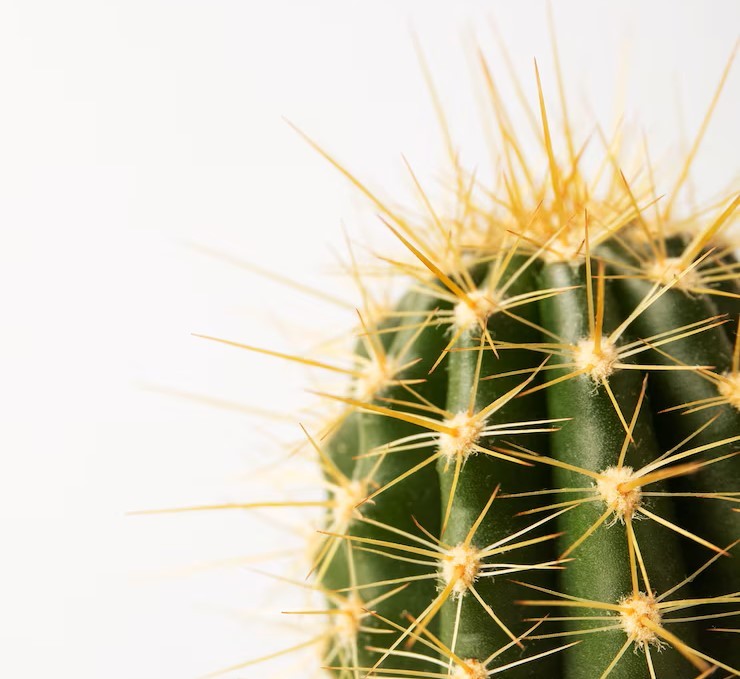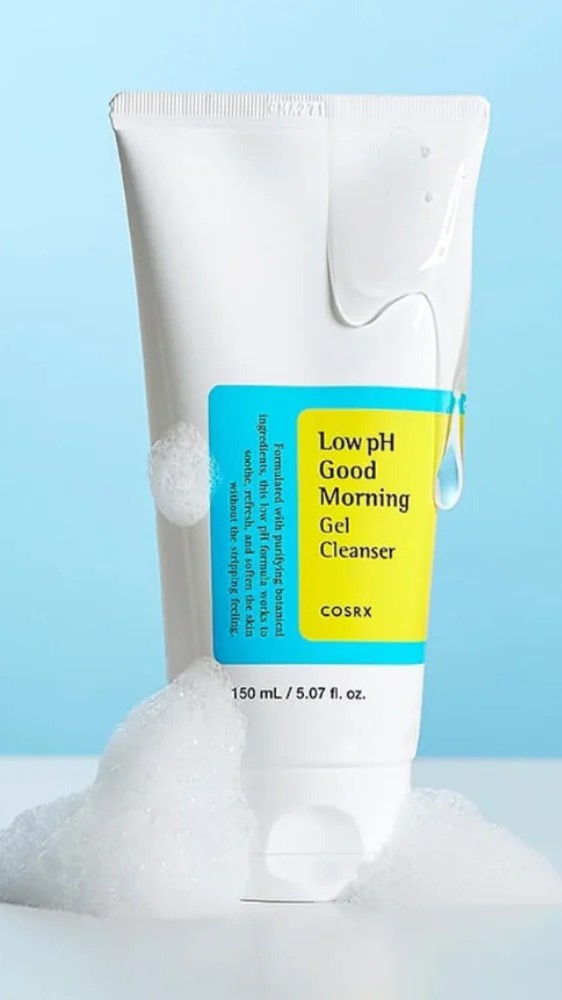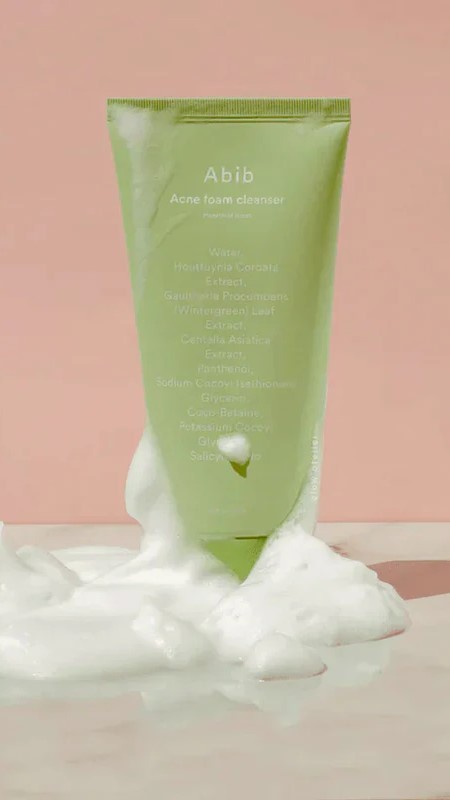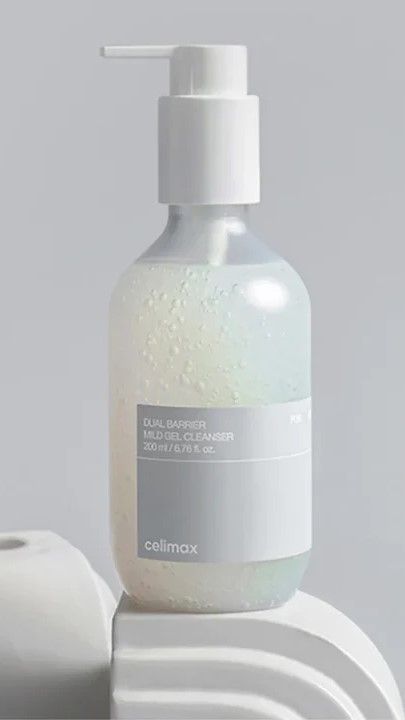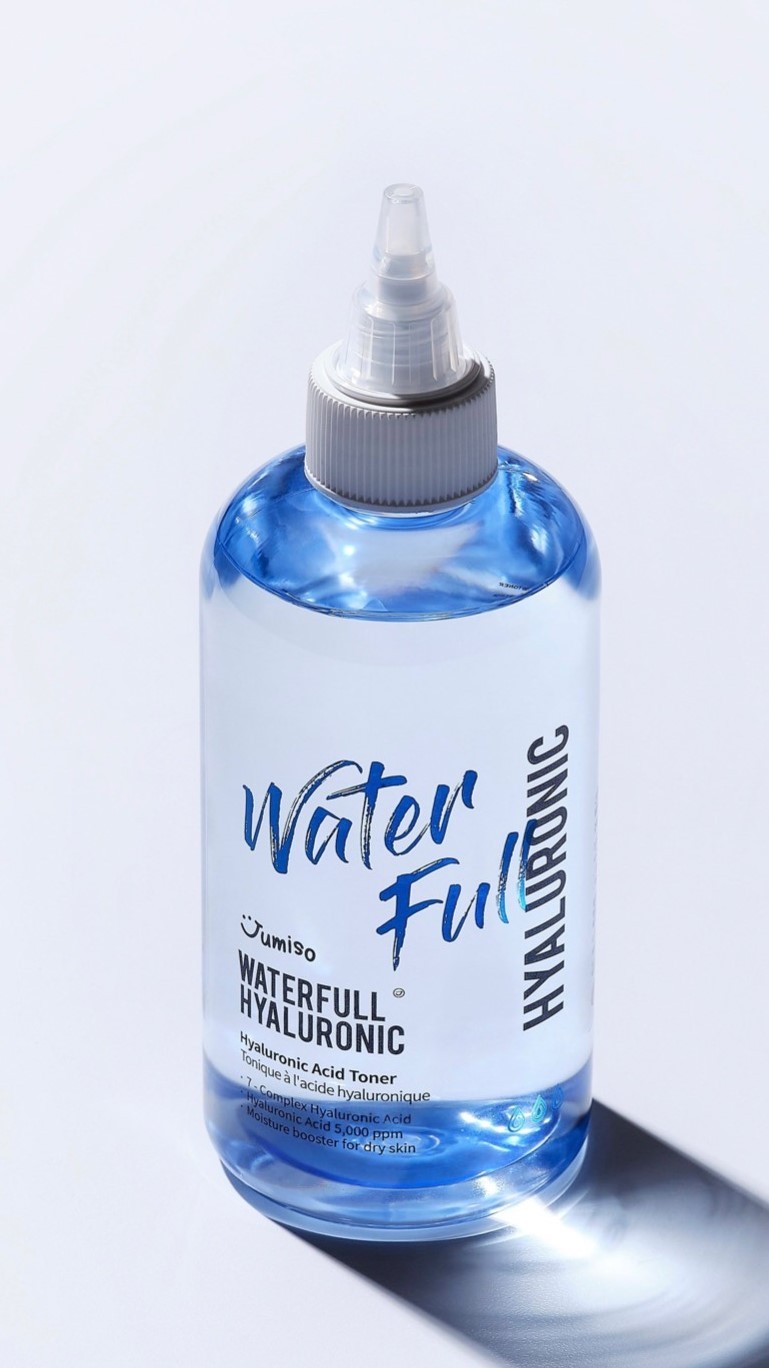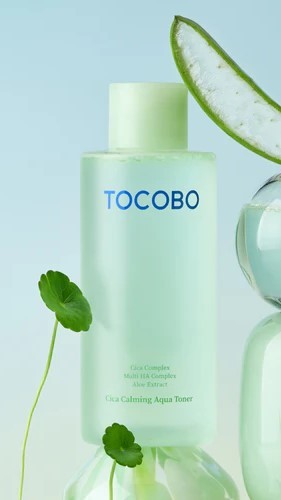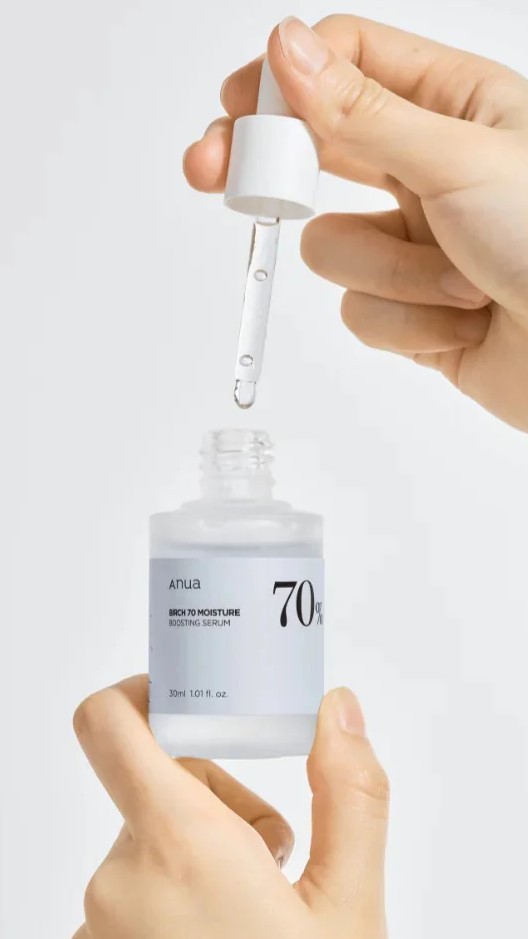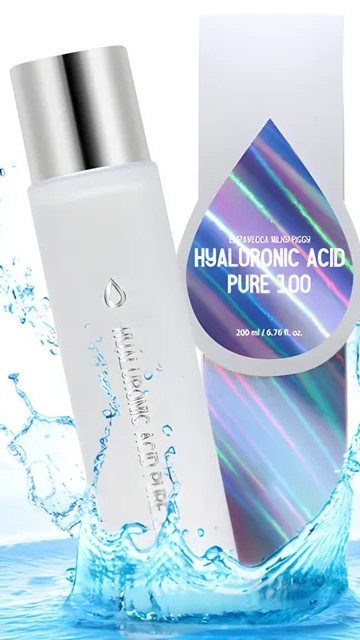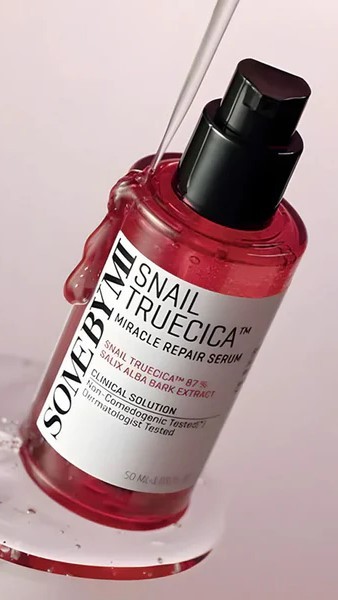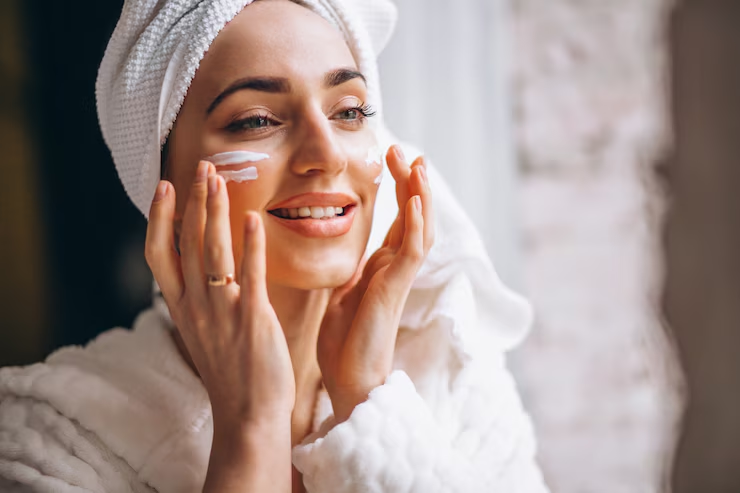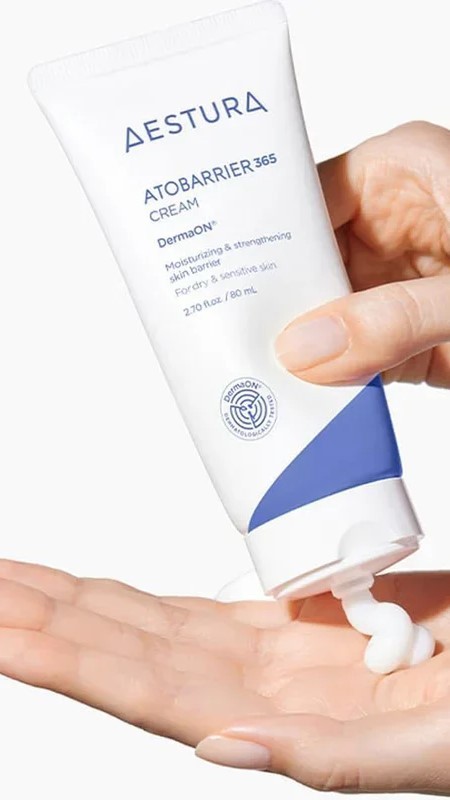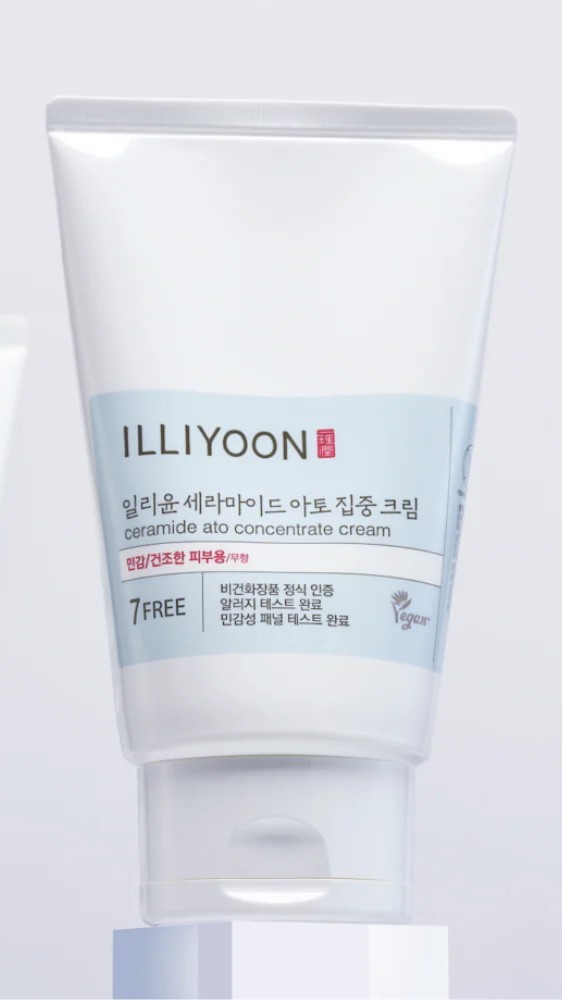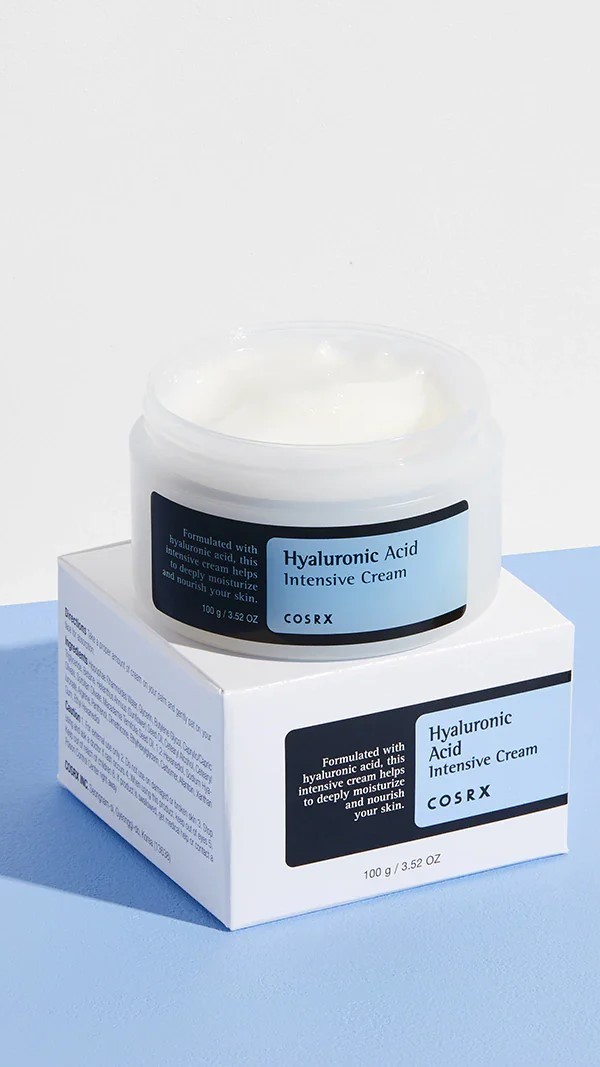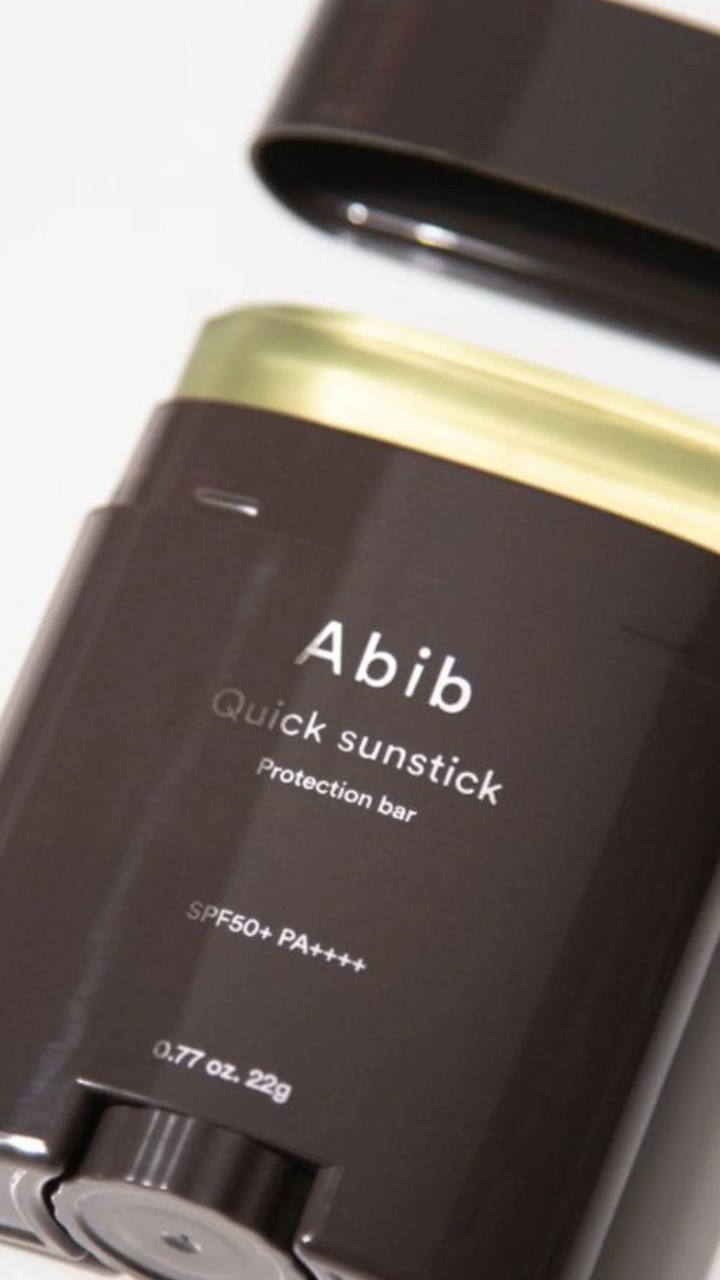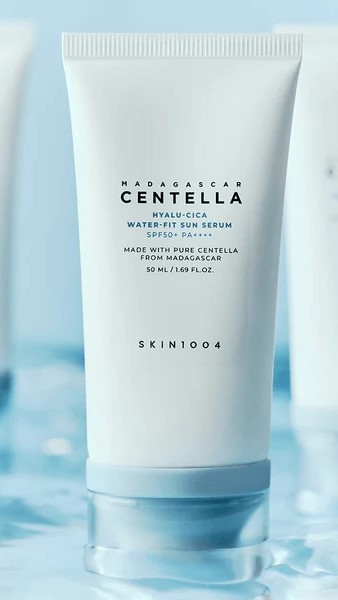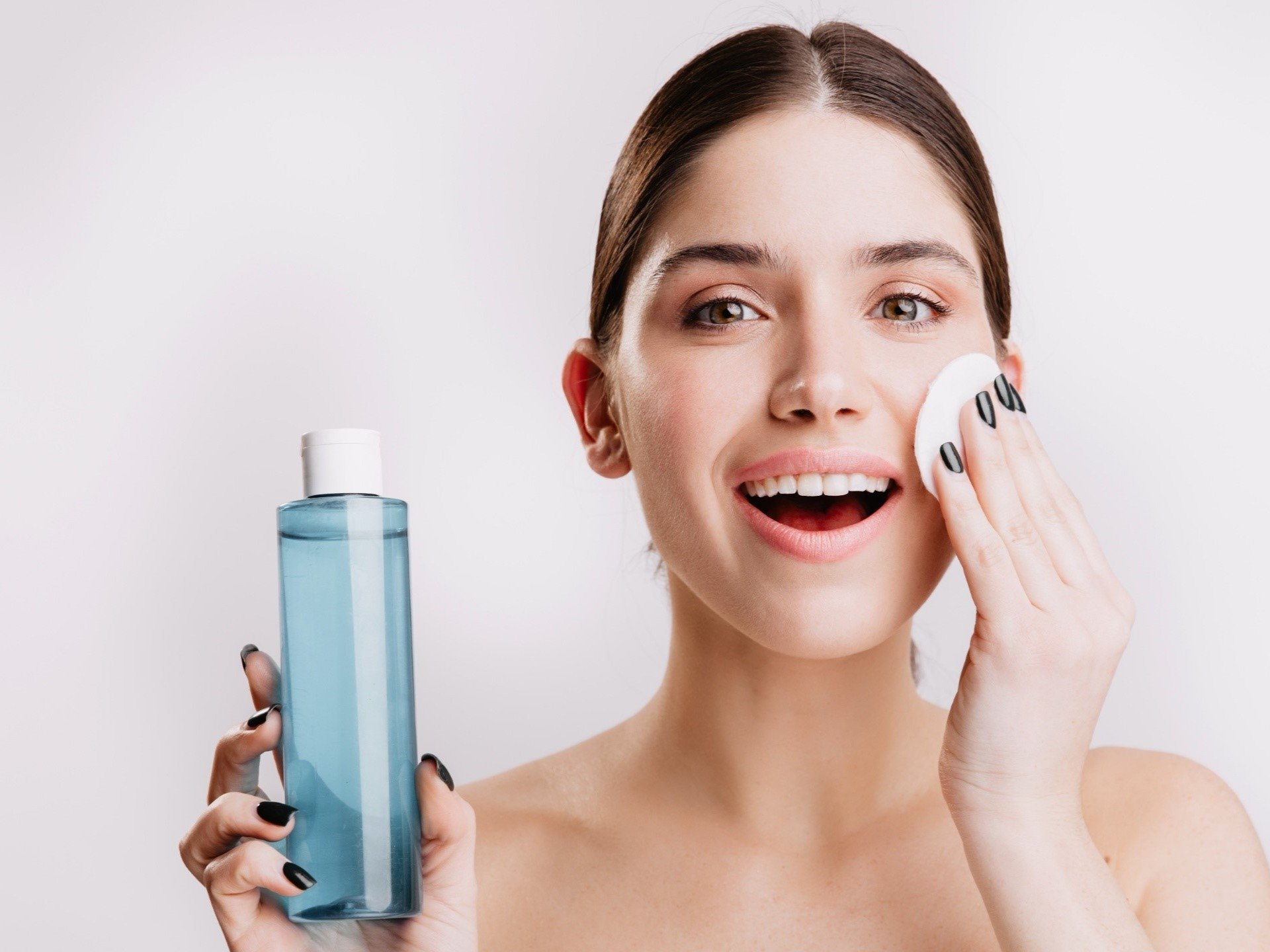
How to Care for Dry Skin – The Ultimate Guide to Flaking, Redness and Tightening
How to Care for Dry Skin
Dry skin is a very common phenomenon and can actually affect a variety of skin types depending on the cause. It’s important to ensure you are caring for your skin – avoiding products that enhance drying and are keeping a few perfect moisturizers in your bathroom for when you need them. We’ve gathered a few of the top tips, picked a few of our favorite hydrating products and gone through the science of dry skin – let's find out how to stay hydrated and in our lanes.
What causes Dry Skin?
Dryer skin is a type of skin you can have – which stems typically from having less ‘hydrolipids’ in your skin barrier. This means that during the day and night, water is lost far more rapidly from your skin cells than for other people – which leads to characteristic rough skin, dryness and flaking.
Not only can it be irritating and deeply uncomfortable struggling with dry skin – but this continued loss of water can damage skin cells, make them more fragile and increase premature aging.
There are also important factors that cause water loss in skin – that affects all skin types, so it’s important to be considerate of what products are being used on your skin and the effect it can have:
Disrupted skin barrier: harsh cleansers and products that strip away protective oils and molecules will lead to your skin feeling tight. This is an important sign that this product might be doing more harm to your skin, then good. A great cleanser should leave your skin feeling soft and dry, but not tight.
Raised pH: your natural skin pH is low (average is 4.7) to protect you against damaging microbes in the environment, but also to protect and nurture your natural skin biome. Alcohol-based products or ‘high pH cleansers' can actually kill off your natural skin flora, leaving you without protection!
Loss of Outer Skin Layer: the outermost layers of your skin are rough, dried skin cells – known as the stratum corneum. This is the most important protective barrier in skin; providing protection against water, bacteria, harsh pollutants and more. But damage (such as harsh chemicals, prolonged sun exposure and even lengthy water contact) can lead to redness, sensitivity, peeling and painful irritation.
This can commonly happen if you don’t wear sunscreen, if you don’t moisturize after prolonged showering or swimming and if you use harsh products (or strong products without following instruction).
How to Protect Against a Damaged/Dry Skin Barrier
Taking into account all the factors that contribute to dry skin – there's a few easy ways to avoid damaging and drying out your skin barrier:
1. Gentle Cleansing
Ensure you are using a low-pH, good and gentle cleanser for your skin type. If you feel tightness or irritation after cleansing – it's not a good cleanser for you.
Our favourite K-beauty dry skin type cleansers include:
1. Cosrx Low pH Good Morning Gel Cleanser
2. Abib Acne Foam Cleanser Heartleaf Foam 150ml
3. Celimax Dual Barrier Mild Gentle Cleanser 200ml
2. Deep Hydration
Hydration, hydration, hydration – it’s important to give your skin access to good, hydrating products that help fix the water balance that has caused the initial dryness. It’s important to note if you struggle with sensitive or acne-prone skin you can overhydrate and cause irritation – so it’s about finding quality products and using them carefully.
It’s great to have a hydrating skin toner on hand. These are used after cleansing and you can layer them as much as you like – allowing your skin to essentially drink in hydration and helpful molecules to prepare your skin for the day.
1. Jumiso Waterfull Hyaluronic Toner 250ml
2. Tocobo Cica Calming Aqua Toner 200ml
3. Mary & May Vitamin B5 + Bifida Toner 120ml
There’s also a variety of serums that help tackle flaking and redness – to help hydrate damaged skin and provides a good, plumping effect. Good ingredients to keep an eye out for include: aloe extract, hyaluronic acid, centella extract, glycerin and panthenol (B5).
If you've had irritation with hyaluronic acid in the past - make sure you are using it correctly. Catch up on our guide to Hyaluronic acid here.
The serums we’ve recommended are specifically designed to tackle dryness – but if you are looking to tackle any other skin problems, a good serum can help with whatever you need (i.e. hyperpigmentation, fine lines, acne). Read our list of serum products on our Guide to K-beauty article.
3. Moisturizing (Nutrients and Barrier Repair)
The importance of a good moisturizer cannot be overstated. As we read before, having terminally dry skin without moisture leads to repeated damage and premature aging; thus moisturized skin is youthful skin.
Moisturizers also give a slew of protection to your skin barrier, can be a source of important collagen, amino acids and ceramides and can even contain probiotics to give your skin a healthier biome.
A moisturizer can be used as much as needed for your skin type – but if you struggle with irritation or acne, you likely only need a small layer to start with. It’s recommended to start with the amount of a 10-cent coin in the palm of your hand and use this all over your face and neck. If you are still feeling dry, you can add a little more – but do be careful as over-moisturizing makes your face feel just as dry and can lead to irritation and breakouts.
For dry skin, you need a gentle and deep moisturizer that will help seal and protect your barrier all day and night:
1. Aestura Atobarrier 365 Cream
2. Illiyoon Ceramide ATO Concentrate Cream 230ml
3. Cosrx Hyaluronic Hydra Intensive Cream 100ml
These are some of the top moisturizers in the Korean market, are tried-and-true and deeply loved. They are safe for sensitive skin types, help repair the barrier and provide deep, nutrition to skin.
4. Daily Sun Protection
One of the biggest causes of dry skin in the Australian population is sun damage. Especially in the southern part of Australia, a lot of times the UV radiation does not correlate with heat – so even on a cool day you can end up with sun damage. It’s important to pick a lightweight sunscreen that you love – so you are more likely to stick to wearing it every day.
Apart from ensuring your skin is clean and hydrated every day, it’s also important to ensure you are avoiding drying and potentially damaging products for your skin type. When you are struggling with dry skin, be sure to avoid:
- fragrances
- essential oils
- menthol/peppermint
- retinol
- alcohol-based products
- sulfates
- artificial colors
- strong exfoliants (AHA, BHA, salicylic acid).
These will ensure that while you put in all that effort to moisturize your skin, there is nothing stripping it back out. Once you find a product that works well and heals your skin, don’t look back! Dry skin can be a lifelong struggle – but if you have good, simple products that work well for you, are sun-safe and avoid nasty irritants; you’ll be on your way to sleeping well in no time.
Looking for skincare products that are perfect for dry skin? Read our reviews on some of the top dry skincare products on the market - or learn more about hyaluronic acid:
FAQs - Dry Skin
Does exfoliation help with flaking skin?
Exfoliation can be a double-edged sword with dry skin – it's important to ensure you don’t cause further flaking by using a harsh or strong exfoliant, as these are designed to remove dry skin cells and can damage recovering skin. Using a gentle, mechanical exfoliant can help with flaking (i.e. such as cellulose or sugar scrubs) followed by a good moisturizer, to help hydrating products reach skin layers underneath.
It’s important to avoid drying, chemical exfoliants when you have flaking skin (such as AHA, BHA or salicylic acid) as this will remove healthy sebum from your recovering skin.
Why does my moisturizer make me feel dryer?
In some cases, moisturizer can make people feel ‘dried out’ and some people don’t like using it at all. It’s important to make sure you are using your moisturizer properly. Try to use it within a few minutes of cleansing skin – to help seal in moisture. Also make sure you are not using too much – as over-saturation of lotion on the skin can make it feel dry. You should start with a spot of moisturizer the size of a 20c coin, which should cover your face and neck in a soothing layer.
You can always use more if you feel you don’t have enough – but start small. Moisturizers are an ideal step before bed, to ensure it sinks in and protects you whilst you sleep.
How do I stop skin redness?
If you are struggling with a lot of redness in your face, it’s important to evaluate your current skincare products and make sure none of them contain irritating products. Choose a moisturizer that contains a cooling element (i.e. such as green tea, aloe vera or hyaluronic acid) which helps reduce redness and hydrate skin. And always make sure you are sun safe – which is the most common cause of skin redness in Australians.








